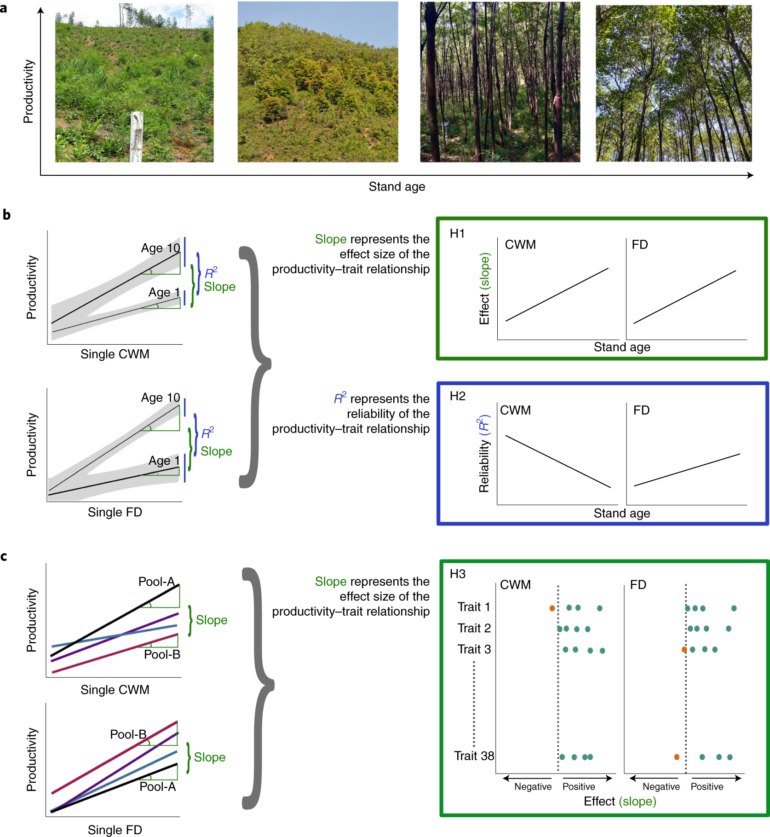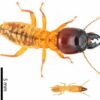Diversifying the species in forest plantations has a positive impact on the quality of woodlands, according to an international study involving a CNRS researchers published on May 20, 2022, in the journal Science.
Forest plantations mixing several different species have long been used for some reforestation operations, in the hope of restoring degraded lands, mitigating climate change and providing increased timber production. However, until now, no study had proven the effectiveness of this process.
The international team gathered a wide range of data on forest plantations with either a single species (monoculture) or several species under the same conditions to assess the impact of tree species diversity on their growth and productivity. According to their analysis, trees in multi-species stands are taller, wider and produce more biomass.
These positive effects are mainly due to functional complementarity between species, i.e. species do not use the resources of an environment in exactly the same way: together they use them more efficiently. This study demonstrates the multiple benefits of considering mixed forest plantations in the development of afforestation and reforestation policies—strategies that are crucial to restore and conserve ecosystems and mitigate climate change.
More information:
Yuhao Feng et al, Multispecies forest plantations outyield monocultures across a broad range of conditions, Science (2022). DOI: 10.1126/science.abm6363
Citation:
Promoting diversity in reforestation shown to increase productivity (2022, May 20)



